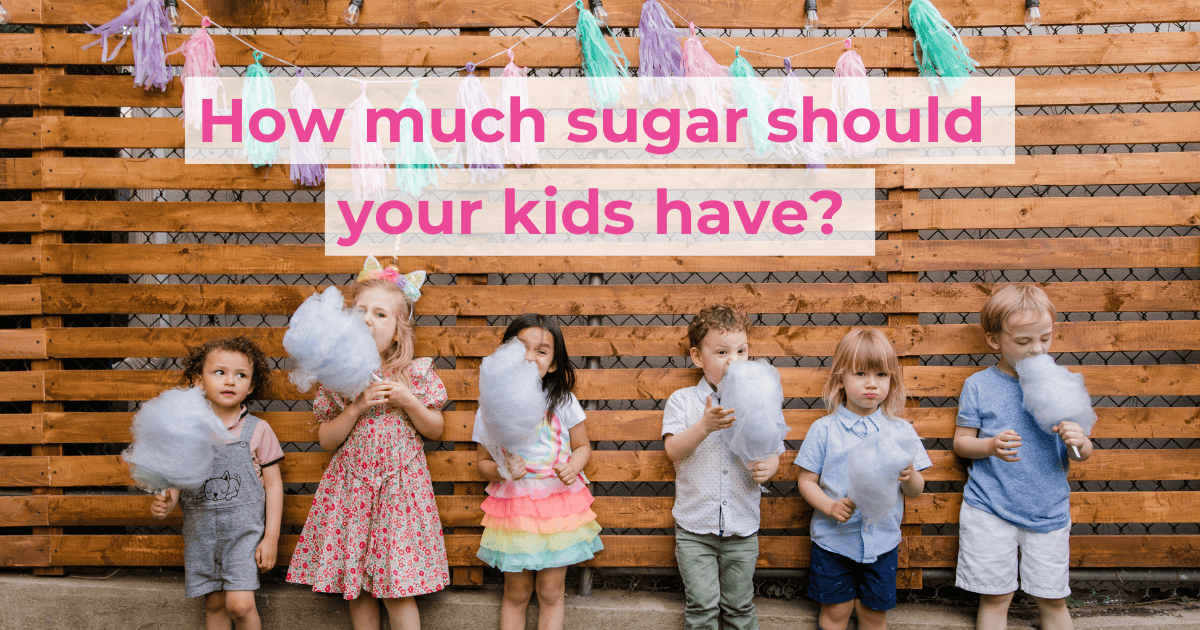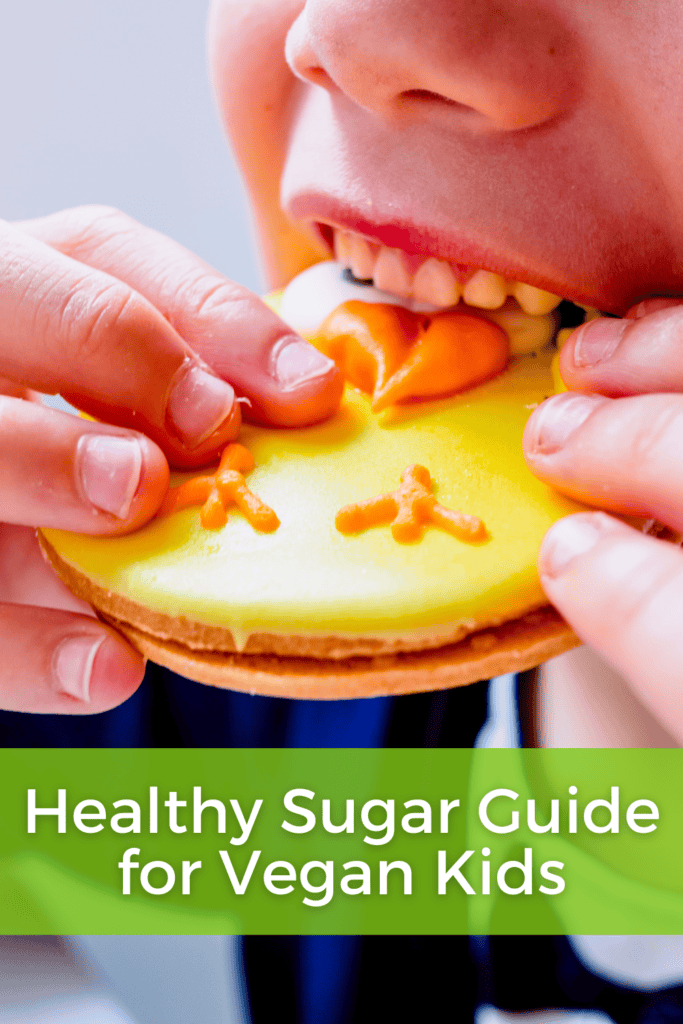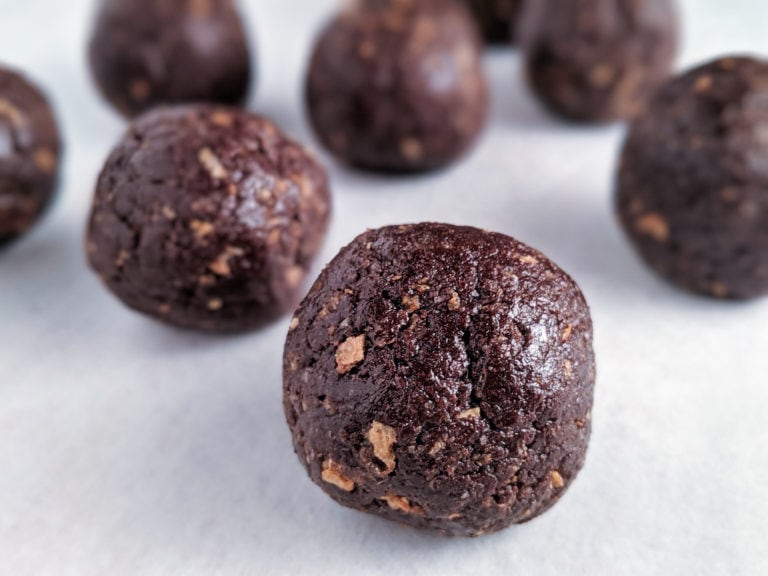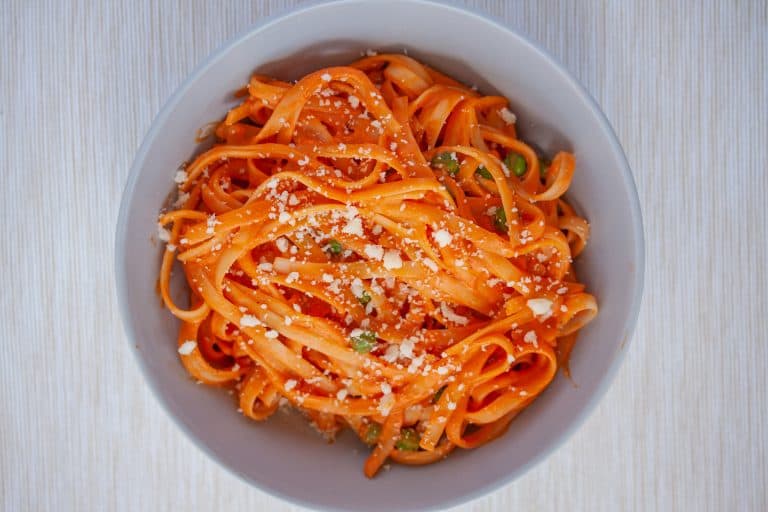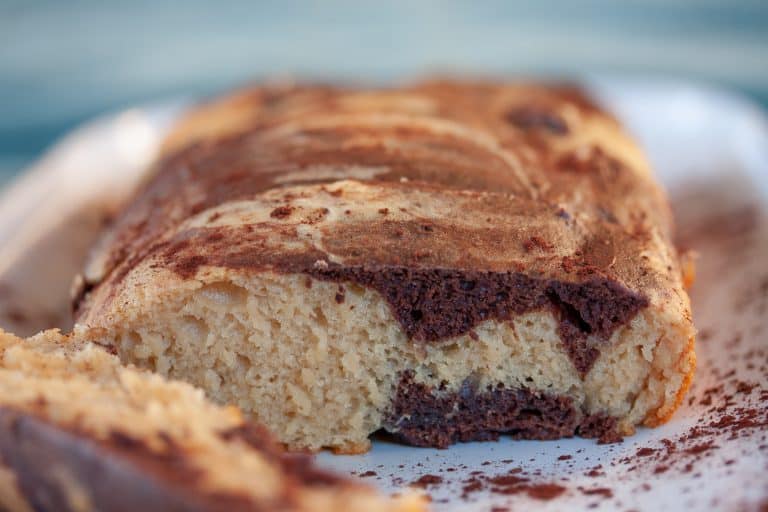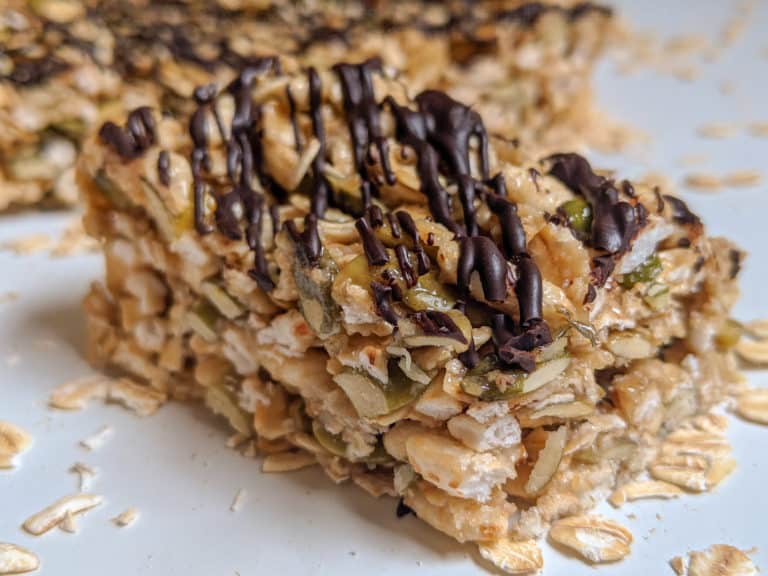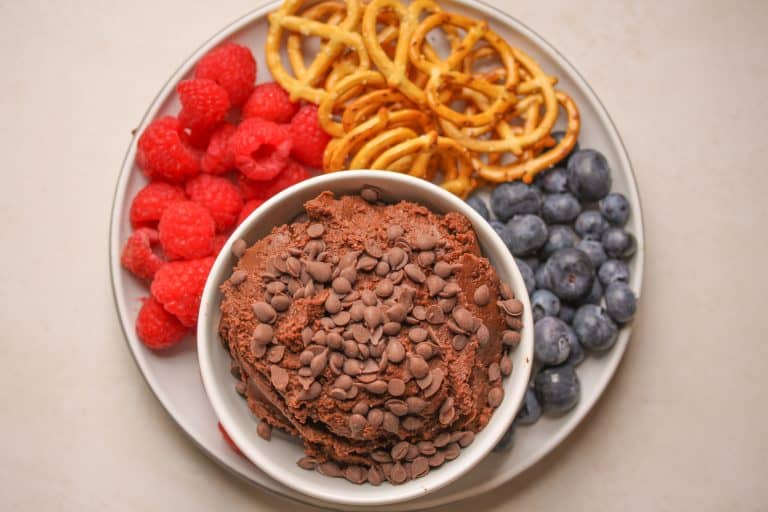How much sugar should your vegan kids have?
When it comes to your vegan children’s diet, balancing sugar intake is crucial for maintaining their health while still allowing them to enjoy their favorite snacks. This guide provides insights into how much sugar is appropriate for children and offers practical advice for parents on managing children’s sugar intake effectively.
The Different Types of Sugars Explained
Sugar comes in various forms, and understanding the differences is key to making informed dietary choices for your children. Sugars can be classified broadly into refined and unrefined sugars. Refined sugars, found in confectionery and soft drinks, are those you’ll want to limit. They offer quick energy without other nutritional benefits and can lead to spikes in blood sugar levels.
On the other hand, unrefined sugars, found in foods like fruits and some natural sweeteners, come with additional nutrients and fiber. Fiber is particularly important as it slows down sugar absorption into the bloodstream, preventing sudden spikes in energy and promoting a longer sensation of fullness.
How to Moderate Sugar Intake in Children
The approach to sugar doesn’t need to be all-or-nothing. Completely eliminating sugar from your child’s diet can lead to feelings of deprivation and may have unintended psychological effects, including the development of secretive eating behaviors or even eating disorders as they grow. Instead, focusing on moderation and making informed choices can help foster healthier eating habits.
Effective Strategies for Managing Children’s Sugar Intake
1. Understanding Fiber’s Role:
Choose snacks that are high in fiber to moderate the speed of sugar absorption. This helps manage energy levels and digestion, keeping your child healthier.
2. Government Guidelines on Sugar:
It is generally recommended that children consume less than six teaspoons of added sugar per day. This doesn’t include natural sugars found in fruits and vegetables, which are part of a balanced diet.
3. Choosing Healthier Snacks:
Opt for snacks that mix sweetness with nutrition. Snacks based on whole grains, nuts, and seeds are excellent as they offer essential minerals and vitamins along with fiber.
Healthy Alternatives to High-Sugar Snacks
Providing alternatives to high-sugar snacks is essential. Here are a few tips:
– Introduce savory snacks like crackers with dips or cheese, which can satisfy without the sugar.
– Use fruits and natural sweeteners like apple puree or dates to sweeten homemade treats. These alternatives provide sweetness along with fiber and other nutrients.
– Gradually reduce the sugar content in homemade snacks, allowing your child’s palate to adjust without the drastic change.
Balancing sugar in your child’s diet doesn’t require drastic measures. By understanding the types of sugars and how they affect the body, you can make informed decisions that contribute to healthier eating habits. Integrating fiber-rich foods and choosing natural sugars over refined ones can help maintain a balanced diet while ensuring your children enjoy their meals and snacks without excessive sugar.
If you’re seeking more personalized advice or looking for a community of vegan parents, you can join my Facebook group Vegan Community just for vegan families. We provide support and share resources that would be a big help for you and your vegan family.

